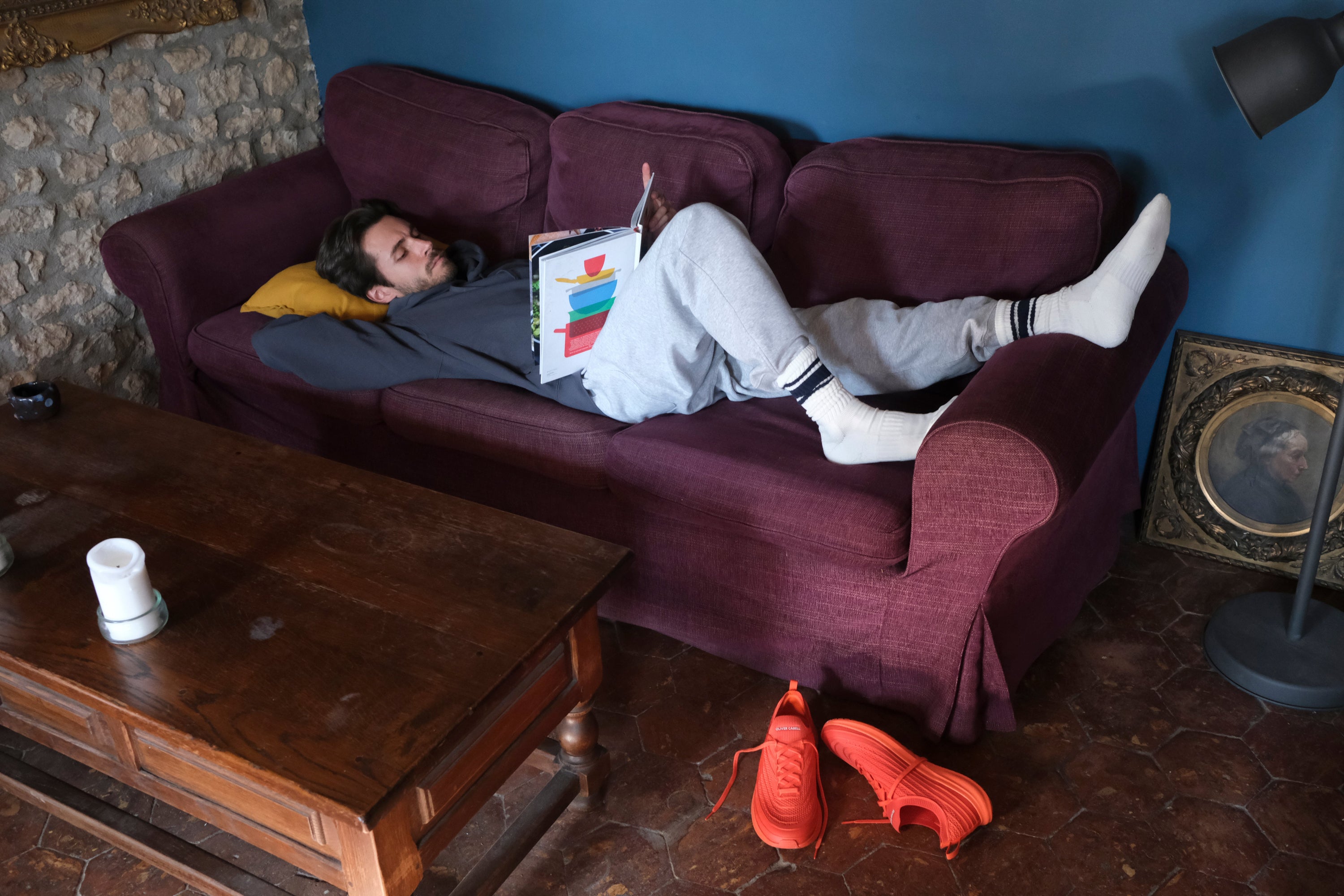
Foot pain can catch up with even the most active lifestyles without warning, leaving you wondering why a simple walk suddenly becomes uncomfortable. Whether you’re feeling a sharp sting in your heel or a lingering ache in your arch, there’s a wide range of factors that could be at play. Everyday habits like awkward footwear, overuse, or minor injuries can gradually build up and lead to persistent discomfort. Understanding which specific part of your foot is hurting can offer clues about a personal trigger that might be affecting your daily routine. Knowing these details will help you decide whether a bit of self-care is enough or if it’s time to consult a professional. For instance, if you're dealing with plantar fasciitis, understanding what not to do can be just as important as knowing what steps to take.
Read on to uncover the most common reasons behind foot pain and find out when to take action for lasting relief.
Common Causes of Foot Pain
Your feet are complex machines that bear your entire body weight—and they’re often trying to tell you something is wrong. Foot pain is not merely an inconvenience; it’s a signal that something within your biomechanical system might be off-balance. Most causes can be grouped into three primary categories:
Biomechanical and Structural Challenges
- Flat feet or high arches
- Abnormal walking patterns
- Muscle imbalances
- Joint misalignments and inherited foot shapes
Overuse and Repetitive Stress
- Intense training schedules or long-distance running
- Sudden increases in workout intensity
- Improper warm-up or training techniques
- Inadequate recovery periods and repetitive strain
- Uneven terrain or inappropriate training surfaces
Medical Conditions Impacting Foot Health
- Arthritis and inflammatory conditions
- Diabetes-related nerve damage
- Nerve disorders and circulation problems
- Autoimmune disorders affecting joint health
By understanding these causes, you can address pain strategically—potentially preventing long-term complications and maintaining optimal performance.
When to Seek Medical Help for Foot Pain
Not all foot pain requires immediate medical intervention; however, there are warning signs that indicate you should consult a professional. Symptoms such as severe swelling, persistent or intense pain, inability to bear weight, visible deformities, and pain accompanied by fever or numbness should not be ignored.
| Symptom | Potential Significance |
|---|---|
| Persistent pain lasting > 1 week | Possible structural damage or underlying condition |
| Severe swelling or discoloration | Potential inflammation or injury |
| Inability to bear weight | Risk of stress fractures or serious injury |
| Pain accompanied by fever | Possible infection |
| Visible deformities or significant foot changes | Structural issues requiring evaluation |
| Numbness or tingling sensations | Indication of nerve-related complications |
Diagnostic Considerations
Professional evaluation becomes crucial when pain significantly impacts daily activities or if home treatments prove ineffective. Both athletes and non-athletes should be wary of recurring sharp pains, unexplained weakness, or changes in gait. Listening to your body may prevent a minor issue from evolving into a season-ending injury.
How Footwear Affects Foot Pain and What to Choose
Your shoes serve as the foundation of your body’s biomechanical architecture—not just a fashion statement. Inadequate footwear can misalign natural foot mechanics, create uneven pressure distribution, and eventually lead to discomfort or injury. Choosing the right shoe is essential for both comfort and performance. For example, if you're wondering are running shoes good for walking, understanding the differences in footwear design can help you make informed decisions.
Ideal Shoe Selection Criteria
| Criteria | What to Look For | What to Avoid |
|---|---|---|
| Arch Support | Contoured insoles and built-in support | Flat, unsupportive designs |
| Cushioning | Responsive and shock-absorbing materials | Hard, inflexible soles |
| Fit | Proper sizing that secures the foot | Loose or overly tight designs |
| Purpose | Activity-specific design features | Generic, multi-purpose shoes |
Beyond these criteria, consider the specific demands of your activities. Replace athletic shoes regularly (approximately every 300-500 miles) to retain optimal support and cushioning. By understanding your foot’s unique biomechanics, you can select footwear that not only alleviates current discomfort but also helps prevent future issues. For those dealing with plantar fasciitis, proper footwear selection is particularly critical.
At Oliver Cabell, I understand the challenges you face with foot health, which is why I’m committed to designing orthopedic shoes that support every step. Our thoughtfully engineered footwear aligns with the principles of proper arch support, cushioning, and fit, helping to alleviate foot pain and prevent future issues. For additional support, consider pairing your shoes with high-quality insoles, such as our Comfort Pain Relief Insole or the Low 1 Daybreak Orthotic Pain Relief option. By prioritizing both performance and comfort, I am dedicated to empowering athletes like you to maintain the foundation of an active lifestyle.
Final Thoughts
Understanding foot pain is more than just diagnosing symptoms—it’s about recognizing the intricate connection between our body’s foundation and overall athletic performance. Each step we take tells a story of resilience, challenge, and potential healing. From acute injuries to chronic conditions, foot pain is a complex landscape that demands careful navigation and thoughtful support.
The journey to foot health isn’t about finding a quick fix, but developing a deeper understanding of how our feet work, move, and recover. It’s about listening to our body’s signals and responding with informed, purposeful care. Whether you’re a weekend warrior or a professional athlete, your feet are the critical link between intention and movement—they deserve careful attention and strategic support.
Our exploration of foot pain causes reveals one fundamental truth: prevention and mindful recovery are as crucial as the performance itself. By understanding the underlying mechanisms of foot discomfort, we can make more informed choices about our athletic gear, training approaches, and recovery rituals. Healthy feet aren’t just about avoiding pain—they’re about maintaining the foundation of our active lifestyle.